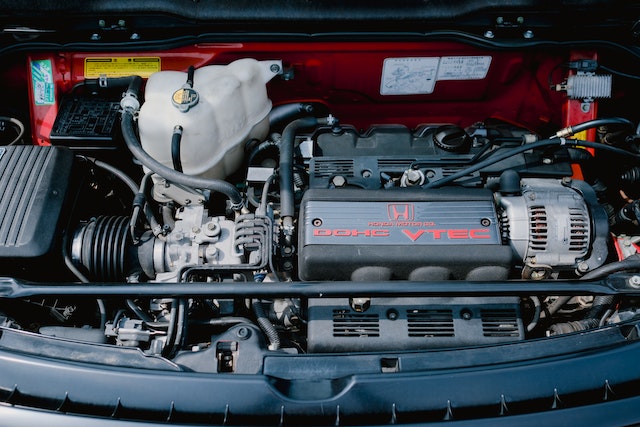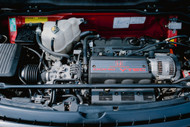What Are Pressure Ratings for Radiator Caps?
29th Jun 2023

The radiator cap is a small but important part of a typical vehicle's cooling system. As the name suggests, it's a removable cap that seals the radiator. If your vehicle is running low on coolant, you can wait until the engine is completely cool, after which you can remove the radiator cap and top it off with more coolant.
Most radiator caps, however, have pressure ratings. Like with other pressure ratings, it's typically represented in pounds per square inch (PSI). Some radiator caps have a 10 PSI rating, for instance, whereas others have a 20 or 30 PSI rating. What do these pressure ratings mean exactly?
The Basics of Pressure Ratings
Pressure ratings represent how much pressure radiator caps will hold. All radiator caps are designed to hold pressure. They essentially raise the boiling point of the coolant so that it doesn't turn to steam.
As the coolant inside of your vehicle's radiator -- and the other parts of its cooling system -- heats up, the coolant will expand. This thermal expansion creates pressure. Rather than boiling off in the form of steam, the pressurized coolant will remain in a liquid state. The radiator cap facilitates this pressurization process by allowing the coolant to pressurize up to the PSI for which the radiator cap is rated. Once the pressure reaches this PSI level, excess pressure will be vented off, typically to the overflow tank or reservoir.
Common Pressure Ratings for Radiator Caps
Pressure ratings for radiator caps can vary. Some of them are only rated for 4 PSI. Other radiator caps are rated for 30 PSI.
Generally speaking, for every 1 PSI increase in the radiator cap's pressure rating, the boiling point of the coolant increases by 3 degrees. But higher isn't always better when it comes to pressure ratings. A high-PSI radiator cap will expose the vehicle's cooling system to more pressure, which can strain some of the internal parts like gaskets, hoses and hose clamps.
The Importance of Using the Right Pressure Rating
If you're planning to radiator cap, you should choose a new cap with the same pressure rating as the original equipment manufacturer (OEM) model. Automakers design their vehicles' cooling systems to operate a specific PSI. If there's too much pressure in a vehicle's cooling system, it may cause damage to the aforementioned parts.
Damage to the cooling system parts, of course, can lead to leaks. Coolant may leak out of the radiator or other parts, resulting in the engine overheating. On the other hand, if you use a radiator cap with a lower pressure rating than the OEM radiator cap, the coolant may boil off as steam. You can prevent problems such as these by choosing a radiator cap with the same pressure rating as the OEM radiator cap.

